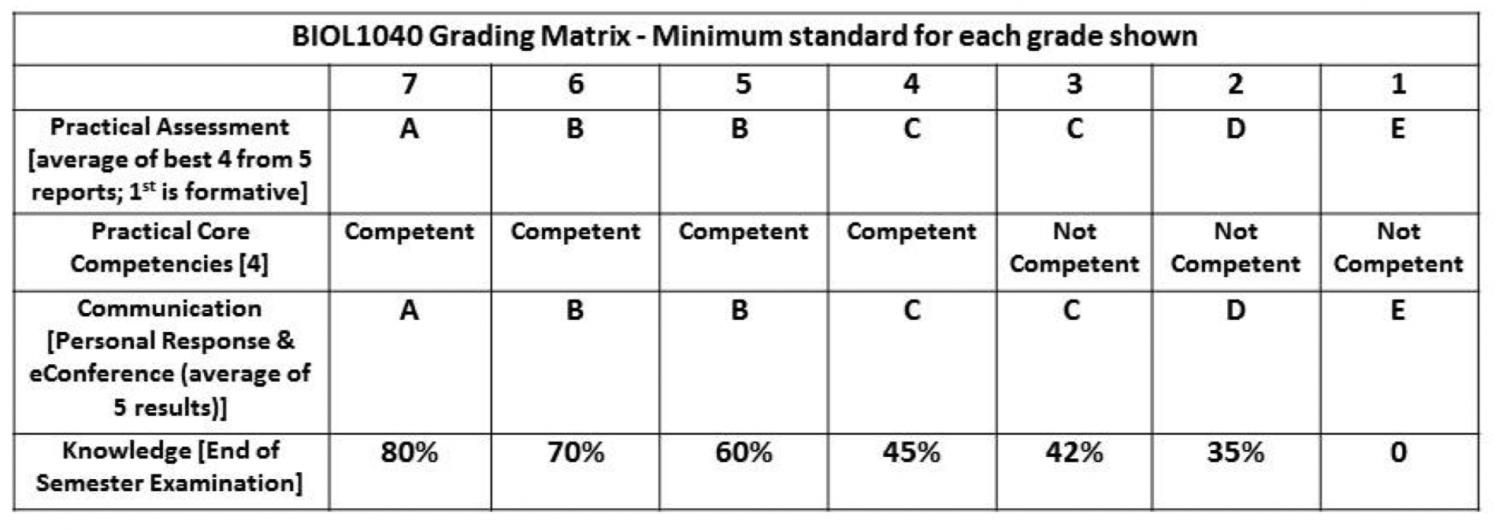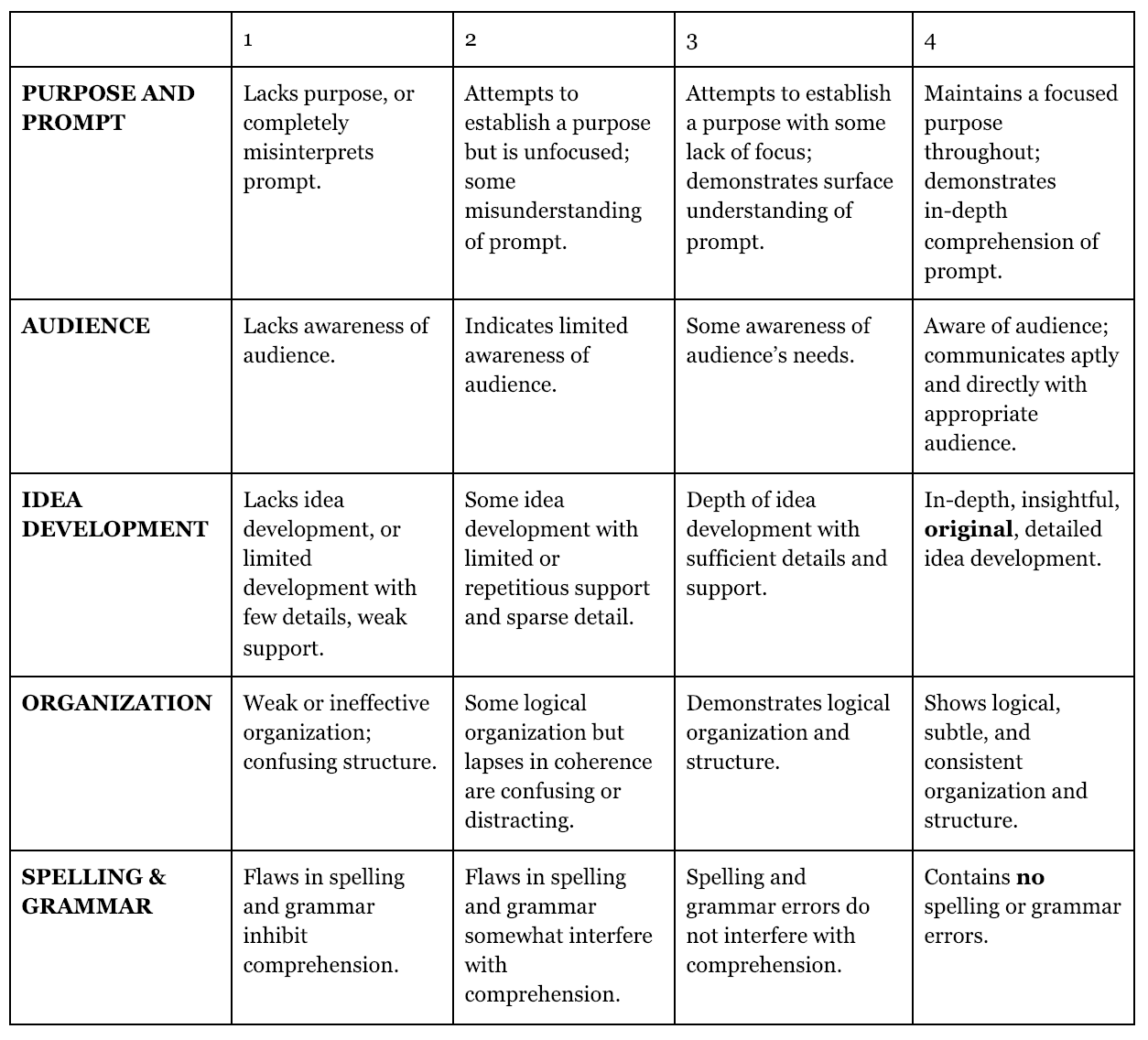Grappling with grades? Try the matrix
New and experienced journalism advisers alike often worry about how to grade students’ contributions to their publications because the student publication classroom is not like a traditional classroom.
In some cases, publication grading is straightforward: did the student submit a publishable article or not? Were the yearbook spreads turned in on time or not? Did the photographer get the game photos or not?
But in other cases, students’ contributions are less tangible. What about the senior who spent half of class helping a sophomore hammer her article into shape? Or the editor who devotes much of her time to organizational and institutional tasks? Or the photographer whose devotion to photo scheduling guarantees that every event will get covered?
Grading these types of intangibles are so challenging that whole workshops are devoted to the topic at high school journalism conventions. (“Taming the grading monster” has been offered at nearly every NSPA convention going back to at least 2011.) But I have a solution that has worked well for me and my student journalists: the grade matrix.
What is the matrix?
Typically when educators talk about grade matrices, they refer to a specific method that uses a grid to assess student performance. Here’s an example used by Australian professors Lesley Lluka and Prasad Chunduri in their first year biology course:

I use this method for assessing student writing. For example:

The matrix in Figure 2 results in a score ranging from 5 to 20 and makes assessment much easier: the standards are laid out for both the student and teacher to see and the final score is a matter of math rather than opinion.
The matrix I use for the online publication I advise, Manual RedEye, uses point accumulation rather than specific standards. The document is too large to embed in this article, but it’s available online for anyone who would like to see it.
Essentially, my matrix asks students to earn points not based on specific whole-class assignments, but on tasks of their own choosing that are assigned specific point values based on complexity, challenge level, time to completion, and so forth.
During each grading period, I ask my editors to earn 80 points and my regular staffers to earn 60 points. They can earn points in any way they choose: livetweeting events, taking photos, writing articles, editing videos, creating interactive multimedia, or whatever it is that they’re interested in doing. As long as they can hit the mark of 60 or 80 points, they earn an A in the class.
Drawbacks of the matrix
As Lluka and Chunduri discovered, one problem with matrix-based grading is that it enables a student to obtain a decent grade even though they lag far behind in what seems like a particularly important area. This system might also enable a student who’s very good at churning out quality work of a very particular type — say, a talented student photographer — to quickly accumulate all the points they need and then sit back and do nothing for the rest of the grading period.
My solution to these problems is to constantly tweak the system. When my staff had plenty of writers and no photographers, I awarded points based on number of photos submitted in order to encourage the writers to photograph the events they were covering. Later, when we had a few students who wanted to focus on photography, they quickly figured out that they could get all of their points for the grading period in the first few weeks by going to a few events and submitting photo galleries with dozens of photos. I solved this by adding a requirement for detailed photo captions, giving points for galleries instead of points for individual photos, and disallowing galleries that showed the same subject more than once. I’ve also tweaked the number of points for several other activities: copyediting, livetweeting, creating infographics, and editing videos.
The matrix works!
The goals are to make sure that everybody is a productive member of the staff and that all of their contributions are recognized. With this method, there are no collective punishments (“we missed deadline so the whole staff drops a grade”) but there are still consequences for work-shirkers. The system has helped my staff stay happy and productive. In my student publication classes, I’ll never grapple with traditional grading again.




